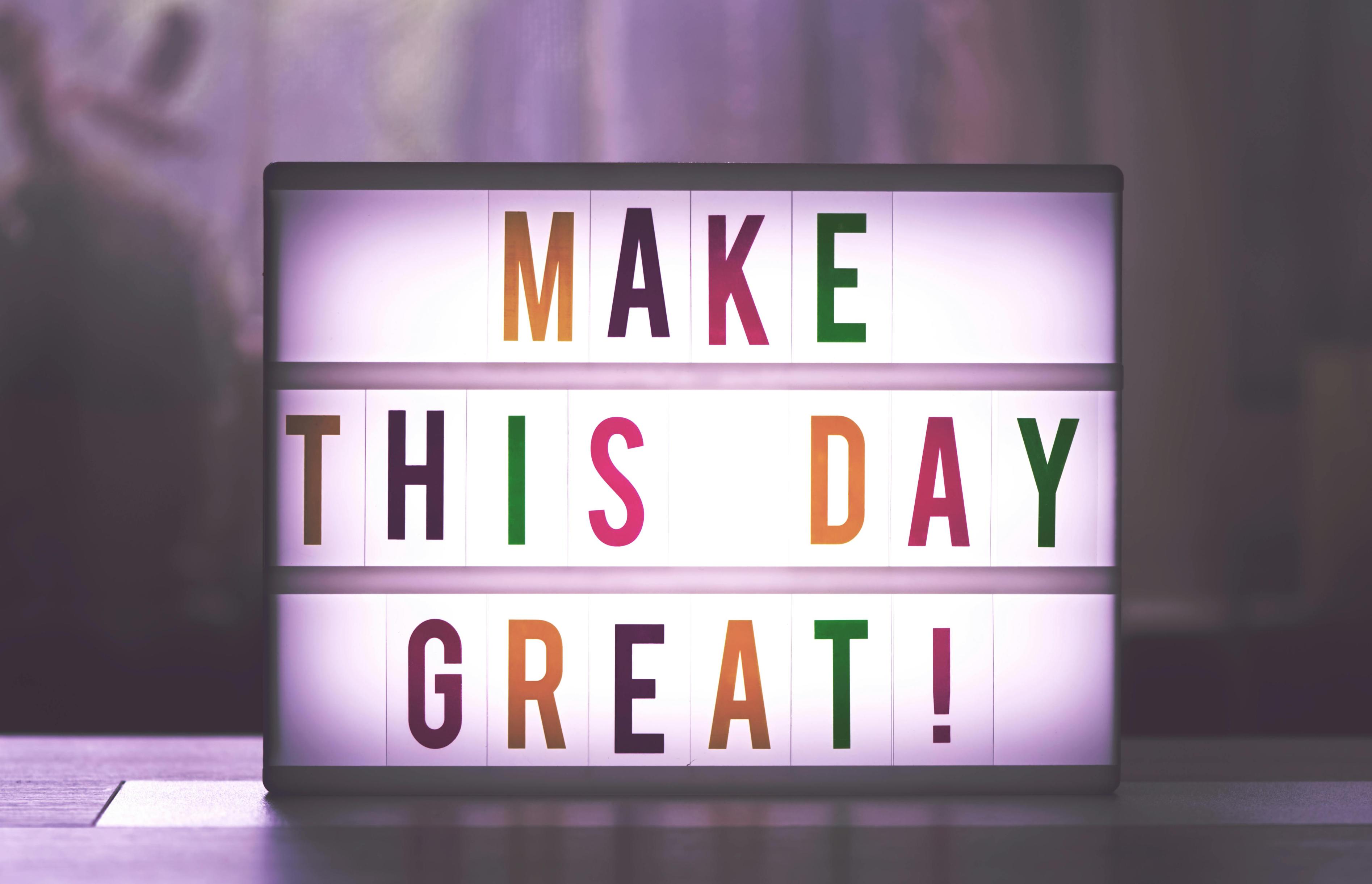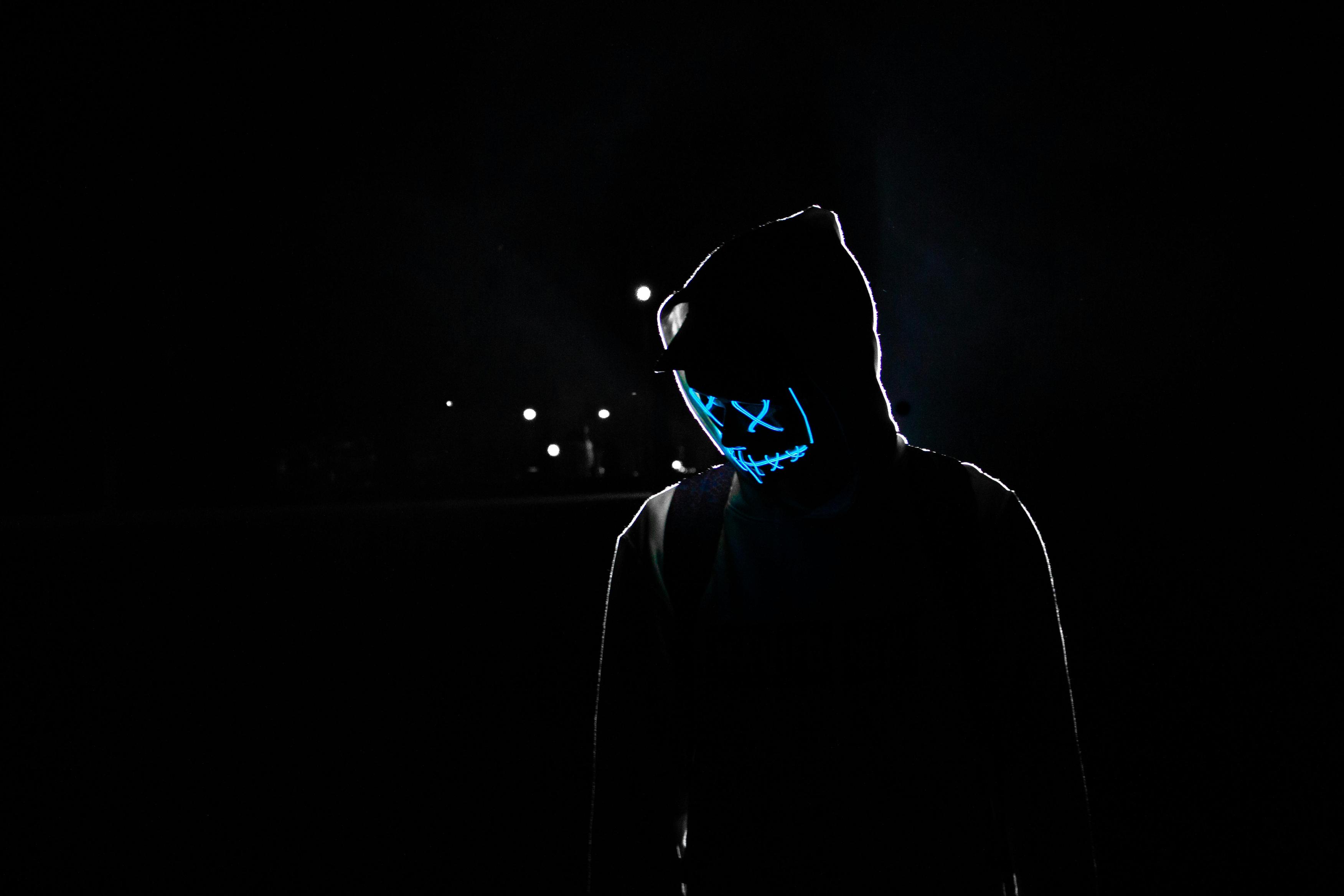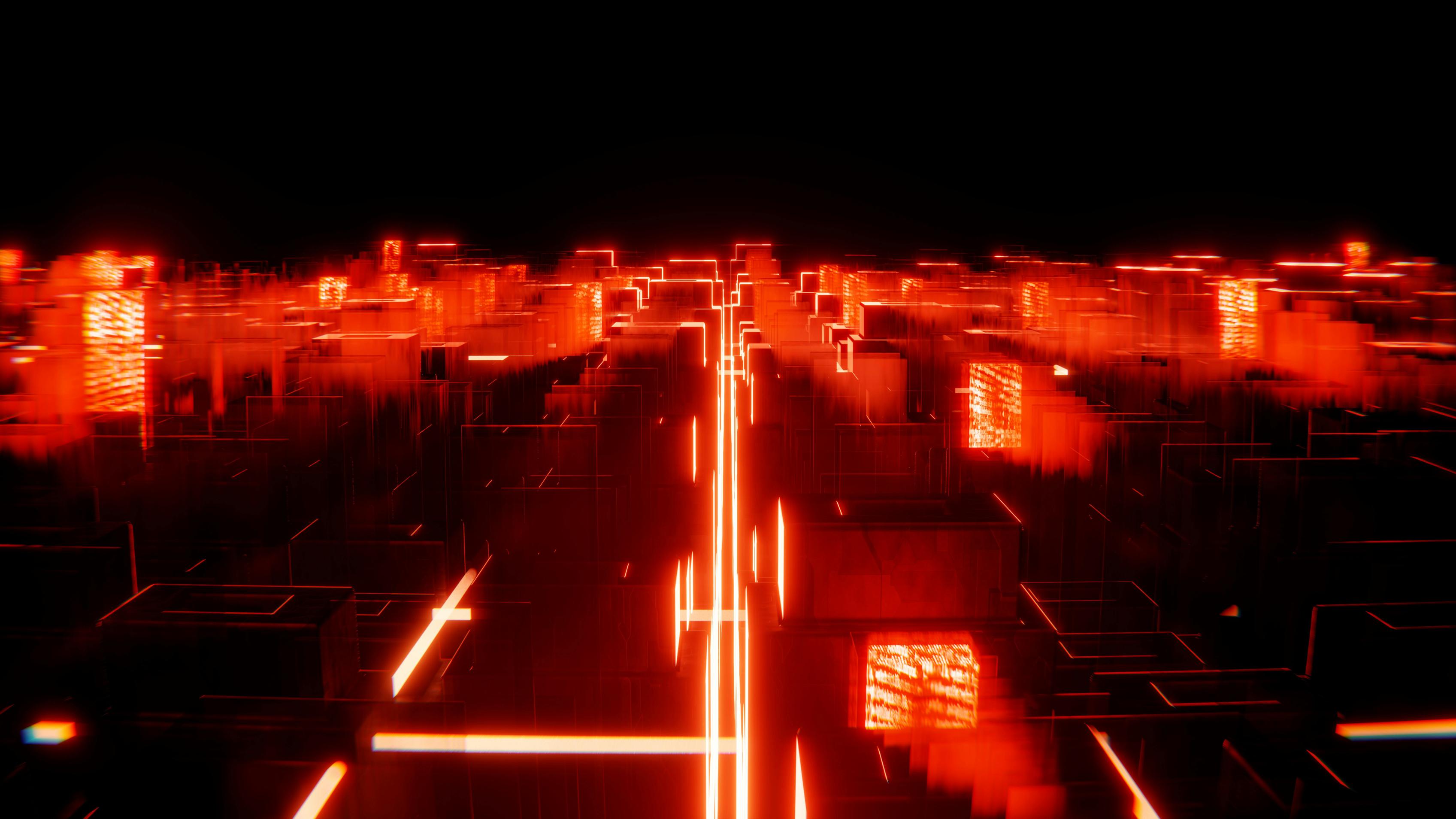Introduction
Creating your own LED light can be a rewarding DIY project. It allows you to customize lighting solutions tailored to your specific needs. Whether you’re a hobbyist or an enthusiast, understanding the essentials of LED technology and following a step-by-step guide can make the process straightforward and enjoyable. This article provides all the necessary information, including materials, safety precautions, steps involved, and tips for enhancing your LED lights. So, let’s dive in and illuminate the process of creating your very own LED light.

Understanding LED Technology
To start creating your LED light, it’s crucial to grasp the foundational aspects of LED technology.
What Is an LED?
An LED, or Light Emitting Diode, is a semiconductor device that emits light when an electric current passes through it. Unlike traditional incandescent bulbs, LEDs are energy-efficient and have a longer lifespan. The diode consists of two kinds of semiconductor material, one being more positive (p-type) and one being more negative (n-type). When voltage is applied, electrons recombine with holes in the device, releasing energy in the form of photons. This process is what produces light.
Types of LEDs
LEDs come in various types, each suited for different applications. The common types include:
- Standard LEDs: Used in indicator lamps and displays.
- High-Power LEDs: Suitable for lighting, providing greater brightness.
- RGB LEDs: Capable of displaying different colors using red, green, and blue diodes.
- SMD LEDs: Surface-mounted and used in modern lighting applications, offering compactness and flexibility.
Understanding these types helps you choose the appropriate LED for your project.
Materials Needed
Before diving into the assembly, gather all necessary materials. Having the right tools and components will ensure a smooth workflow.
Essential Tools
- Soldering iron and solder
- Wire cutters and strippers
- Breadboard or PCB (Printed Circuit Board)
- Resistors
- Multimeter
Where to Find Materials
You can find these materials at electronic component stores or online retailers like Amazon, eBay, or specialized electronic component sites such as Digi-Key and Mouser. It’s important to ensure the quality of components to guarantee the longevity and safety of your LED light.

Step-by-Step Process
Now, let’s walk through the process of creating your LED light.
Designing Your LED Light Setup
- Plan Your Design: Decide on the purpose, brightness, and whether you need additional features like dimming or color-changing.
- Create a Diagram: Draw a schematic of your LED setup, including the arrangement of LEDs, resistors, and connections.
Wiring the LEDs
- Prepare LEDs: Attach LEDs to your breadboard or PCB. Ensure the polarity is correct—the longer leg is the positive (anode) and the shorter leg is the negative (cathode).
- Connect Resistors: Place resistors to limit the current flowing through each LED, which prevents them from burning out. Typically, a 220Ω or 330Ω resistor works well.
- Wire LEDs in Series/Parallel: Depending on your power source, you might need to wire LEDs in series or parallel. Series connections share a single current path, while parallel connections ensure the same voltage across all LEDs.
Connecting to a Power Source
- Select a Power Source: Choose a power source like a battery or an AC adapter that matches the voltage and current requirements of your LED setup.
- Connect Wires: Use wire cutters to strip the ends and solder wires to your LEDs, resistors, and power supply terminals. Double-check the connections for polarity and accuracy.
- Secure and Insulate Connections: Use heat shrink tubing or electrical tape to insulate exposed wires and connections, reducing the risk of short circuits.
Safety Precautions
Safety is paramount when working with electrical components. Here are a couple of safety tips to keep in mind.
Handling Electrical Components
Always handle electrical components with care. Use insulated tools to avoid electrical shocks and ensure you’re working in a dry environment.
Avoiding Short Circuits
Prevent short circuits by double-checking all wire connections and making sure there’s no exposed wiring. Use proper insulating materials to cover all open connections.

Testing Your LED Light
Once your setup is complete, it’s time to test your LED light.
Initial Power-Up
- First Test: Connect your power source and gradually power up the circuit.
- Observe: Ensure all LEDs light up and there’s no excessive heat buildup.
Troubleshooting Common Issues
- Non-Working LEDs: If some LEDs don’t light up, recheck the polarity and connections.
- Flickering: Inspect connections for any loose wires.
- Overheating: Ensure resistors are correctly rated to prevent excessive current.
Enhancing Your LED Light
Once your LED light is functional, you can enhance it further.
Adding Dimmers and Controllers
You can add dimmers to control the brightness or microcontrollers like Arduino to program LEDs for various effects.
Customize with Colors and Patterns
For a more decorative setup, use RGB LEDs and controllers to create different colors and dynamic patterns. You can program these to change based on time, sound, or any input you desire.
Conclusion
Creating your own LED light is not only a fun DIY project but also a practical way to understand LED technology. With the right materials, steps, and safety precautions, you can create a functional and possibly even customizable LED lighting solution for various applications.
Frequently Asked Questions
What tools do I need to create LED lights?
You will need a soldering iron, wire cutters, wire strippers, a breadboard or PCB, resistors, and a multimeter.
Can I program my LED lights to change colors?
Yes, using RGB LEDs and a microcontroller like an Arduino, you can program your LED lights to change colors and patterns.
How do I ensure my DIY LED light is safe?
Ensure your connections are secure and insulated, use appropriate resistors, and follow safety guidelines when handling electrical components.
